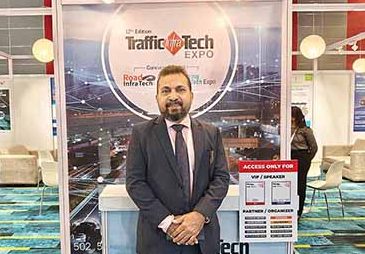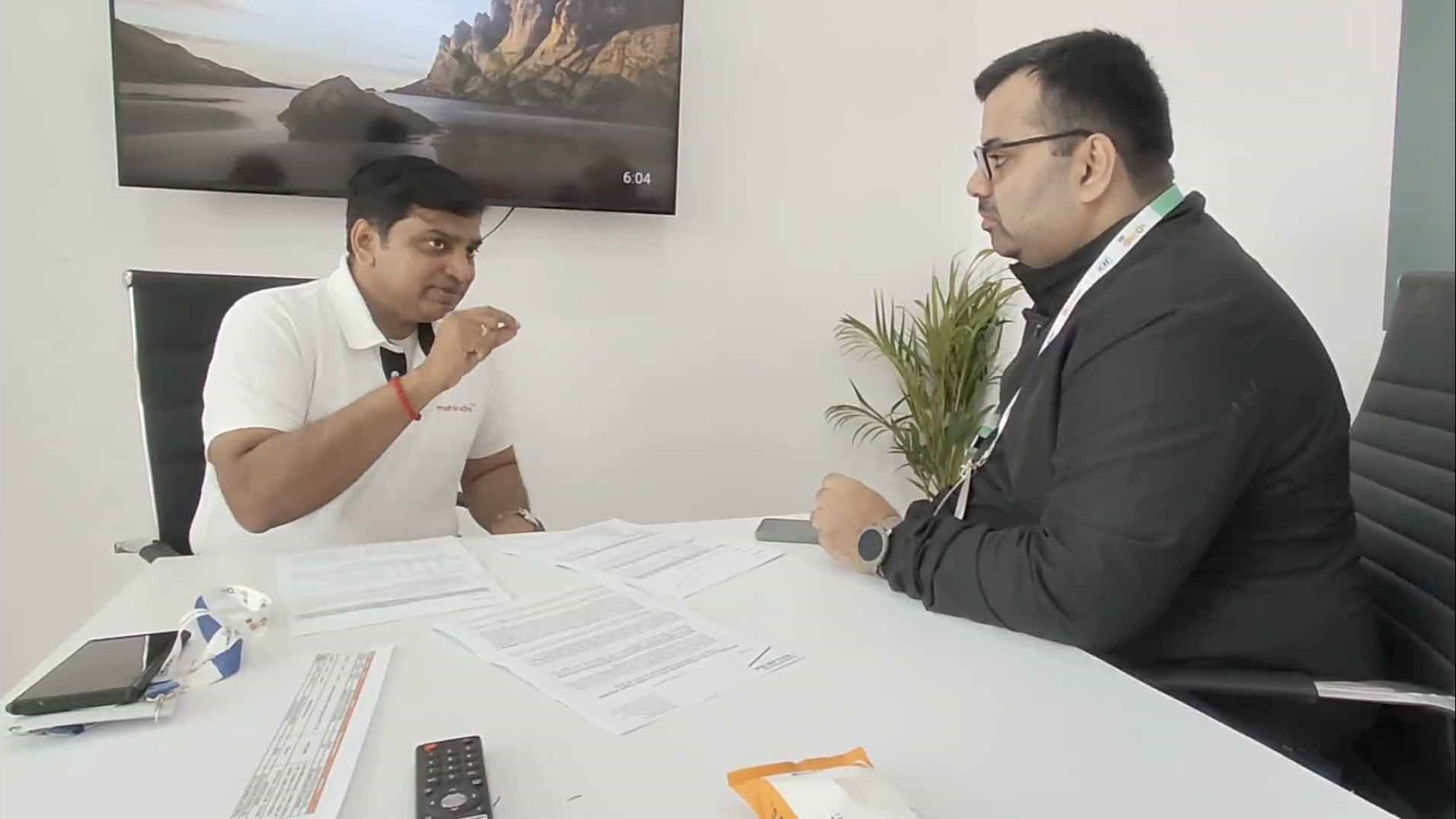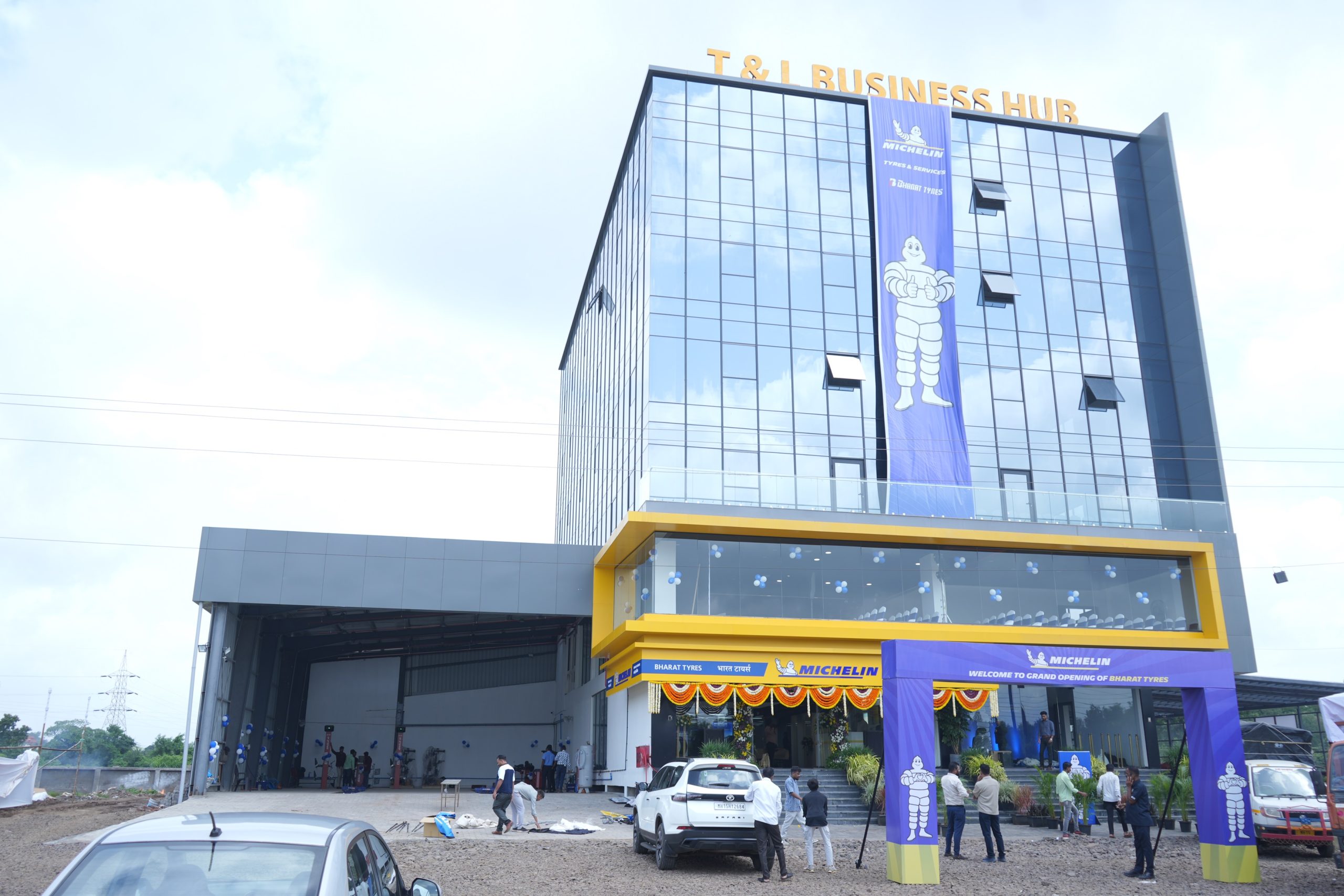Magna International Inc. a global automotive supplier headquartered in Aurora, Ontario, Canada feels that the Indian automotive industry heads for next phase of growth. In India Magna has 11 manufacturing facilities and 3 engineering centres that manufactures wide range of components in India. Jim Tobin, Chief Marketing Officer and President of Magna Asia and Deval Desai, Executive Director – Strategy and Planning and India Country Manager, Magna International told Bhargav TS on the company’s game plan. Edited excerpts:
Q: India being a cost competitive market, how do you plan to bring latest technologies at an affordable price?
Desai: By leveraging our local engineering capability, We have strong local engineering presence in the area of BIW/Chassis, Seating and complete vehicle engineering. This gives us an advantage in leveraging our global experience to develop and deploy product and process that is relevant to India market.
Q: Where does India stand in terms of adopting latest technologies?
Desai: India is primarily a ‘A and B’ segment market, that is focused on cost effective solutions. We are able to provide an advantage to our customers by offering technologies that provide differentiation in the area of quality, driving dynamics and safety. For example, our frame system on the Mahindra Scorpio provides superior ride and handling. Our rear cameras, which are available on certain models offer unique safety benefit in high congestion and traffic situations.
Q: Based on the mega trends, what are the opportunities for Magna India?
Desai: Products and process technologies that can provide our customers with light weighting, and efficiency improvements on future programs.
Q: In order to reduce the weight of the components, what are all the initiatives taken by Magna?
Desai: Lightweighting is one of the 4 key pillars on how Magna approaches innovation. Our lightweighting technologies span the product portfolio we compete in – from plastic tailgates, to use of multi material lightweight structures.
Q: Despite the ups and downs in the auto industry globally, how would you assess the Indian market’s performance in the past 5 years?
Desai: While the Indian automotive market has been challenging in recent years, historical data indicates that it has trebled or quadrupled every ten years. We see this trend continuing, and provided the infrastructure improvements are made, we could see over 10 million annual production by 2030.
Q: Globally Magna has 9 business divisions and in India you have in 7 verticals. What is the roadmap for Magna to start other verticals in India?
Tobin: It all concerned to the customer needs. For example we are the largest injection moulding and paint supplier in North America but later lot of customers said they will do the moulding and painting in-house, so we look at the needs of the customers. In India the majority of our product areas are already exist that includes seating, BIW/Chassis, closures, mirrors, powertrain and steyr.
Q: So do you see any scope for exporting these components?
Tobin: We typically produce for the local consumption, but there are small areas like flux plates which is a key part of a engine are exported to multiple market out of India. But the line share of what we build here is for the customers in India.
Q: What are all the opportunities you see for Magna to form part of the growth process? What are the key drivers Magna sees in India?
Desai: With our investments in India, we are well positioned to leverage the future growth, which is dependent on sound infrastructure and transparency in governance. Our 11 manufacturing divisions and 3 engineering centers in India position us for the next phase of growth.
Q: When you say next phase of growth what does it mean?
Tobin: We forecast that the Indian automobile market is estimated to grow from 4 million units currently to about 12 million units by 2030. We continue to expand our footprint – in sales, engineering, program management and manufacturing – to align with our customers and the increasing vehicle production forecast for the Indian automotive industry. We start our discussions 4 to 5 years before with OEMs and start putting capacity in parts of the world right now. Virtually our visibility is till 2020 where the discussions are on with the OEMs for 2020 to 2024 programmes.
Q: When you say product lifecycle management, what does it mean to Magna and how unique it is?
Tobin: It is more in the programme cycle from start of the programme to start of the production. So typically we get the purchase order and we do not start generating revenues for upto 3 to 4 years, because we need to finalise the product engineering, manufacturing process and then we have to look at the prototypes. Each area of the development is a gate and we have to meet our customer requirement and has to deliver the same. In order to get pass the gate, we have to have those deliverables completed. So the time of launching phase could be 2 to 3 years down the road. For Ford programme here in India, we started our discussions 5 years ago and our programme management team is structured globally as it is a global project.
Q: Now the product life cycle is shrinking, so how you see this scenario and how Magna is addressing this challenge?
Tobin: If you look at the mid-cycle enhancement products, it is typically modifying the front and back end of the vehicle. This happens after 3 years. In major components like seats, the OEM may change the fabrics but not the entire structure. So we are concerned much about mid-cycle products but we see life cycle reducing to some extent but not in a big way.
Q: What are the specific assignments given to Magna’s engineering services in India and what are the opportunities you see in future?
Desai: Our engineering centers in India have an unique advantage of developing products for the Indian market, then taking that skill set to collaborate with our engineering centers in other regions to play a pivotal role in being the COE (center of excellence) for low cost solutions.
Q: Talking about electricals and electronics, while it is true that emerging trends such as safety, environment (emissions, EVs, hybrids) and others point at the ever-increasing need of the growing electrical content in cars, how would you describe the same in the context of the seating business?
Desai: As Indian market matures, we can see the increase in use of smart seats with consumer comfort and convenient features such as cooled seats, memory and power functions will all add the electronic content in the seating systems.
Q: You recently acquired Getrag Group, how is the business doing? Are you supplying transmission systems to any OEMs?
Desai: We are not able to share this detail at this time as we are in the process of closing the Getrag acquisition.











Leave a Reply